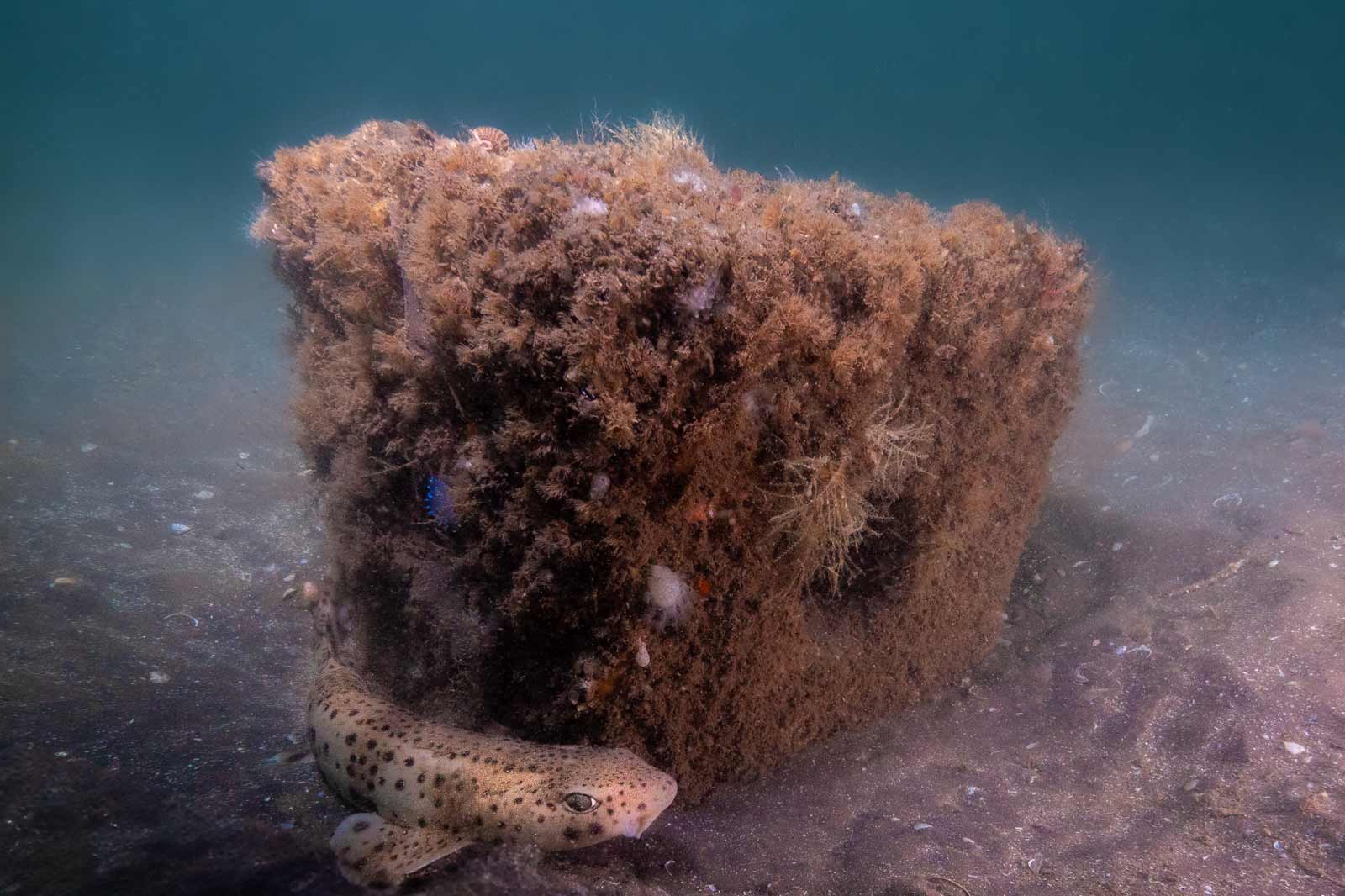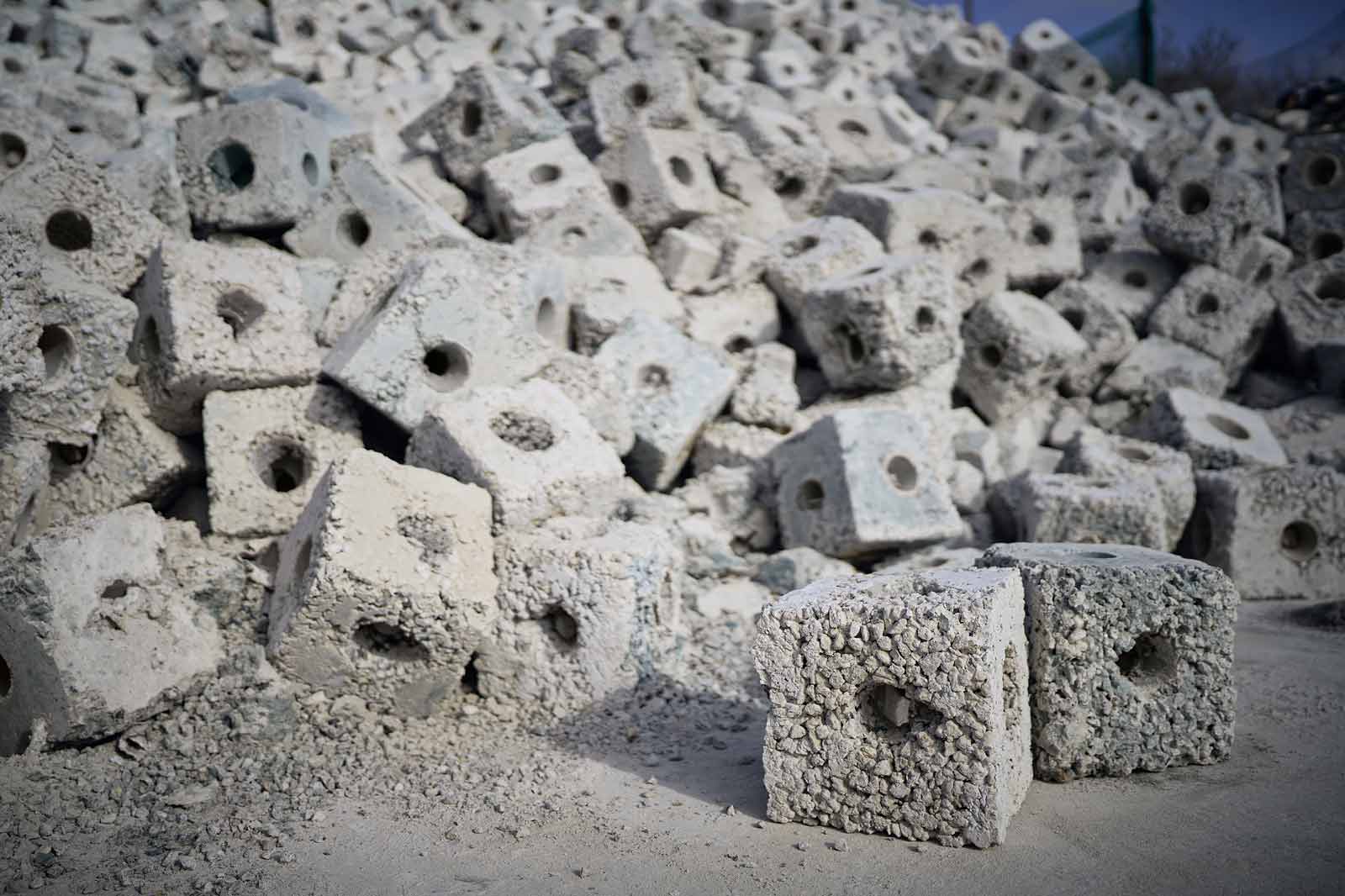Research & Development
Shaping the energy world of the future through innovation.


Reef Enhancement for Scour Protection (RESP) is an innovative, marine habitat pilot project being undertaken at Rampion offshore wind farm by RWE and partners Arc marine. The project tests the use of Arc marine’s Reef cubes® — nature-inclusive, low-carbon concrete structures — to protect wind turbine foundations from seabed erosion (“scour”), while simultaneously enhancing local marine biodiversity. RESP reflects RWE’s commitment to developing infrastructure that goes beyond energy generation to support healthy ecosystems and sustainable habitats.
Offshore wind turbine structures are exposed to dynamic marine environments where strong currents and waves can erode (scour) the seabed around their bases. Currently, this problem is managed with rock armour solutions that stabilise the seabed but are not designed for ecological enhancement. At Rampion Offshore Windfarm, several turbine locations were identified as at risk of scour, including turbine location JO4, which showed a developing scour pit of 2–3 metres. RESP is piloting an alternative approach to scour protection using innovative structures that also benefits marine life.

Click on the image to zoom
What are Reef cubes®?

Click on the image to zoom


RESP will help inform future best practices for offshore wind by demonstrating scalable solutions that deliver both engineering reliability and ecological value. The experience at Rampion is essential for helping evaluating the cost-effectiveness and real-world benefits of nature-inclusive design and can help shape the deployment of biodiversity-positive technologies at scale in future.